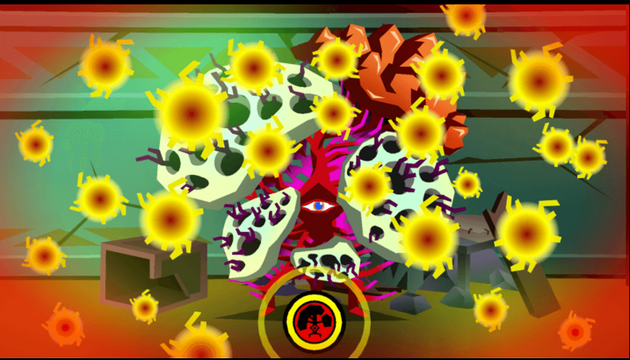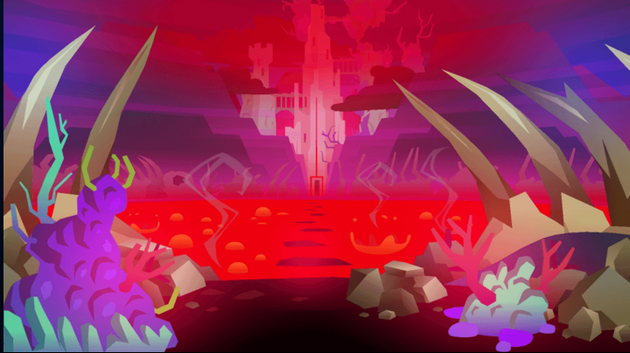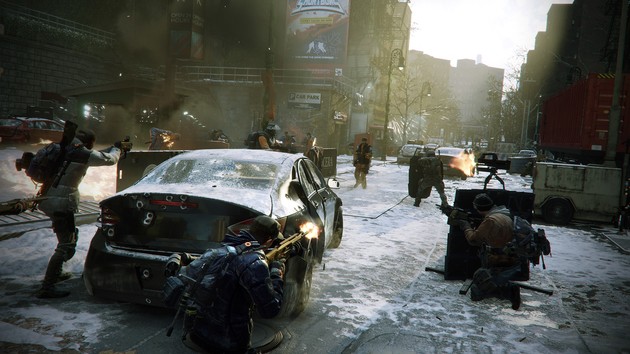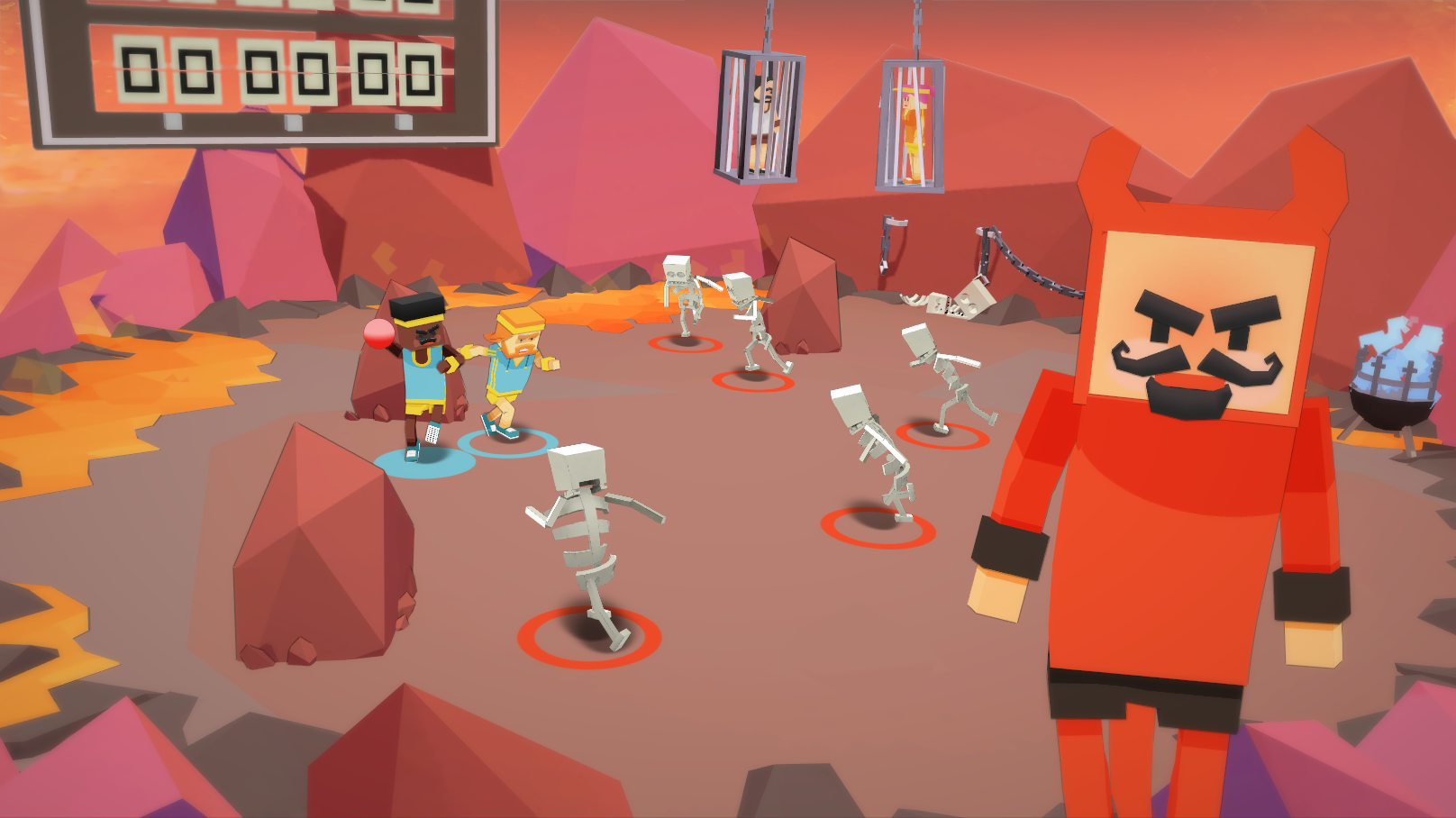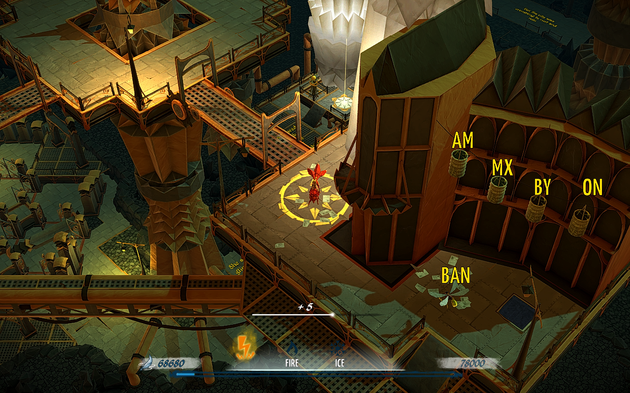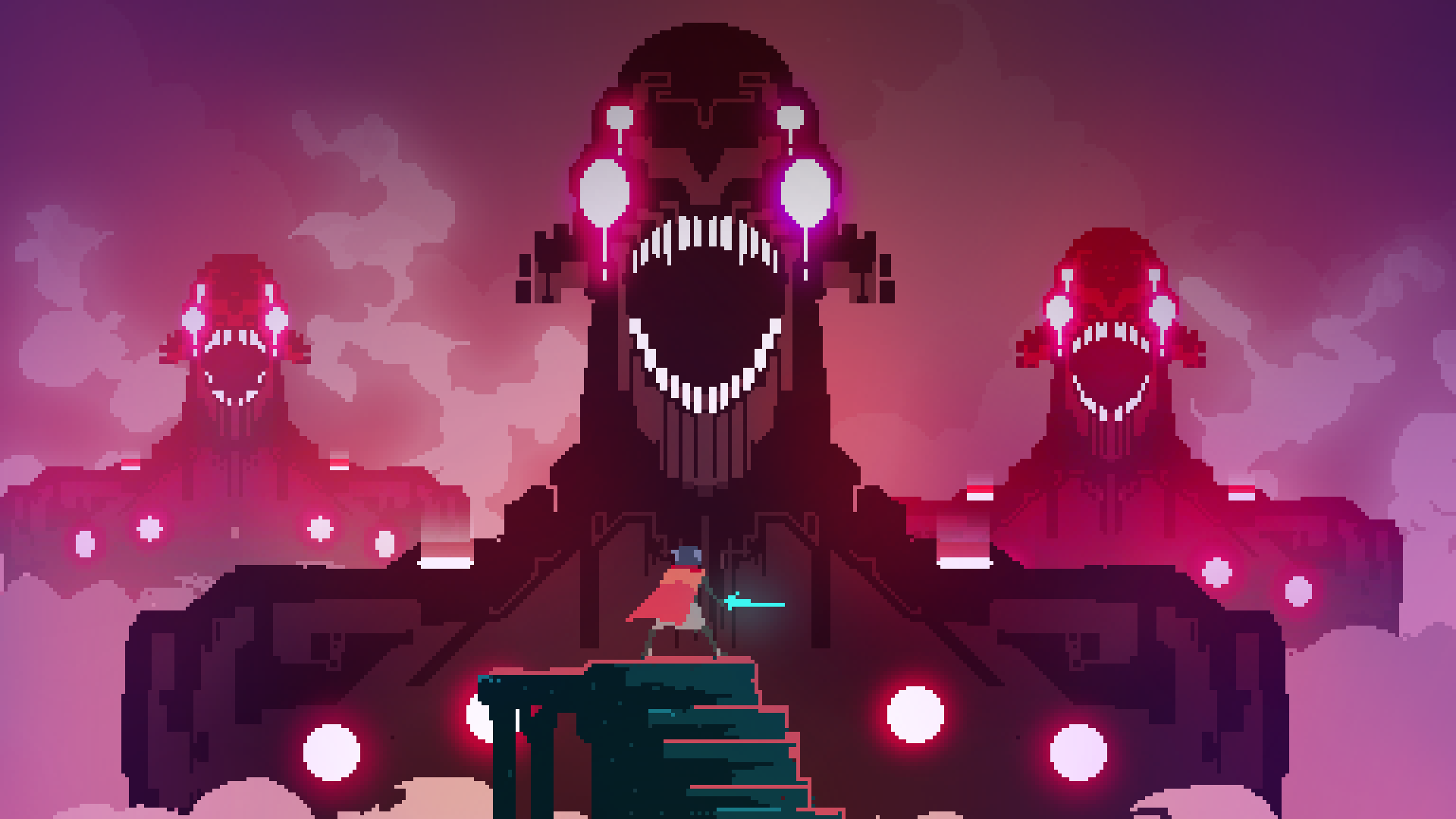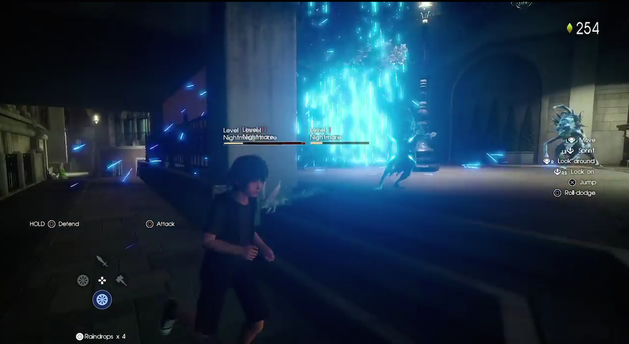This review was written by Trey Sanders for Big Shiny Robot. You can reach him at treytothej@gmail.com
Alienation — Housemarque/Sony Computer Entertainment — PS4 — April 26, 2016 — $15.00
If you played “Dead Nation” on the PS3 or even its remaster after the launch of the PS4, chances are you had one hell of a time blasting away at the endless swarms of zombies. “Alienation” is very much the same. It incorporates everything from “Dead Nation’s” progression system and edge of your seat firefights, but they’ve added simple, yet deep RPG elements from “Diablo II,” and allowed two more players to join the fight in eradicating the decades long fight against the alien threat.
Plasma Sword, Plasma Sword, Plasma Sword!
Exo-Skeletal Selections
Upon starting the game, you’re prompted to choose between the three classes of exo-skeletal bad asses. There’s the Xeno Rifle wielding Bio-specialist that can heal an entire squad, release swarms of homing nanomachines that lay waste to those unlucky enough to enter their path, and a poisonous chemtrail that slowly dissolves those trapped inside. The Akimbo Energy Gun wielding Tank comes equipped with a shield that protects the entire squad for a short amount of time, a devastating shockwave called ground smash throws enemies everywhere, and an eviscerating Tesla Charge that electrocutes everything in its path. And finally (my personal favorite), the SMG wielding Saboteur who can cloak and unleash an insane barrage of artillery from the sky and cut through enemies like butter with the awesome plasma sword.
Command Center
After you’ve made your character choice, you are brought to the home screen. It’s clean, simple, and straightforward. This is the main hub for selecting new missions, upgrading and managing gear, checking your country’s rank across the globe, browsing the bestiary, and fiddling with the options menu. Selecting missions is as easy as “point and click” and drops you into multiple locations around the world. Managing your upgrades is simple, but it’s extremely vague as to what goes where, forcing you to discover how to best apply your upgrades to get more from your arsenal. Rankings return from “Dead Nation” and includes a mysterious ARK Ship ranking, and an Invasion ranking, but there’s no description as to how you achieve these stats. The bestiary helps discern one enemy from the next and helps you fight them more effectively in later missions.
Matchmaking
Before you drop into any mission, you can choose to go in solo, start a private match, a friends only game, an invite exclusive match, or team up with random players. There’s also a mysterious option called Invasion that allows other players to invade your game and make everything more chaotic, but there’s little to no explanation as to how and when it can be done. Once you’ve dropped in, “Alienation” plays just like “Dead Nation;” tight, responsive, and chaotic. It also features the always satisfying active reload from the “Gears of War” series. The dash ability from “Dead Nation” is back but is far more useful once you’ve applied it’s passive offensive ability that pushes enemies out of the way. As you blast your way through the beautifully rendered and satisfyingly destructive locales, you can come across Hitman Events (sub-bosses), Challenge Events (eradicate various swarms of enemies), and Hideout Events (eliminate Xeno captains). You will also find everything from XP boosts, ammo, health, power cores, weapons and equipment from chests scattered about the map, as well as boss fights, and a care package you receive just before extraction.
Cores allow you to create an overpowered, all too satisfying arsenal of destruction.
Crafting
After you’ve collected or salvaged your new Common, Uncommon, Rare, and Legendary gear, you can re-roll specific stats (with your salvaged materials) or upgrade them with the cores you’ve gathered. With the exception of common weapons or equipment (grenades, mines, etc.), they come with a varying number of upgradeable slots in which you can place your Power, Boost, Utility, and Prismatic cores to improve damage, fire rate, magazine size, and critical hit chance on your weapons; damage, radius, and replenish rate for your equipment. The more you gather, the more powerful you can make them. For every three cores you have, you can increase their power up to six (the maximum level) and create an immensely overpowered, but all too satisfying arsenal of destruction. The only drawback to the upgrade system is that it never tells you how to get the best out of your power cores, other than a color coded system; while it makes sense to match the color of the slot with the corresponding core, there’s nothing there to point you in the right direction.
In closing, ”Alienation” is yet another stellar game for Housemarque. They’ve built on the formula that was introduced in “Dead Nation” and have knocked it out of the park yet again. The finite amount of vague integrations do nothing to diminish a deep, extremely fun and insanely replayable twin stick shooter experience. This, alongside “Resogun” and “Dead Nation” stand as three of the best PS4 games you can buy, and at the bargain price of $15, you’d be ignorant to not add this to your library.
